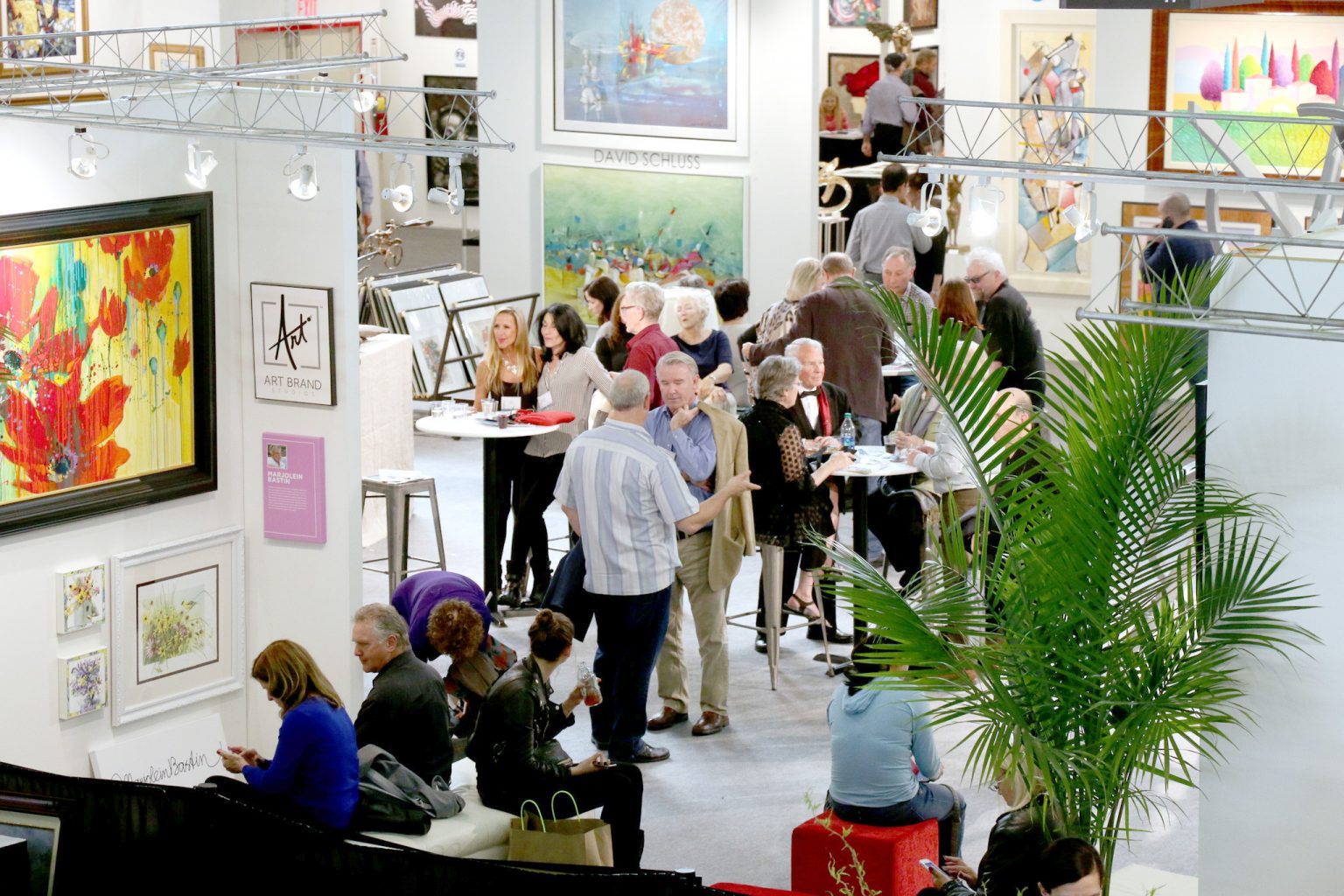Maximizing trade sales to broaden your distribution
and give you more time to create art
The traditional way of selling art through brick-and-mortar galleries works. But if you find yourself creating marketing materials, building websites, packing boxes, and accounting for your sales when you’d rather be painting, sculpting, or blowing glass, then it’s time to consider selling to the trade.
Also known as wholesaling, selling to the trade is commonplace in the commercial marketplace, and it’s gaining ground among fine artists who are tired of the feast-or-famine income that results from pursuing only one type of selling.
Instead of relying on consignment, successful artists have entered the world of wholesale and are building a distribution network of publishers, gallerists, and designers who provide a professional skill set in dealing with the art world, from marketing and selling to packing and shipping.
The more places your art is on display, the better chances it has of it selling. So let’s look at three types of trade distribution professionals and what they typically charge for services.
Publishers
An art publisher is not unlike a book publisher. A book publisher (think Simon & Schuster) manages the careers of many writers, while an art publisher manages the careers of many artists. Not only does an art publisher provide operational, promotional, and financial guidance, but also, and perhaps most importantly, a publisher maintains a client list of galleries and retailers around the world in which to sell the art they “publish.”
A typical art publisher needs to buy at a deep discount so they can sell the art wholesale to a retailer (i.e., a gallery owner). For instance, if the retail price of a piece is $5,000, the retailer will expect a discount of 50/10, which means the publisher usually asks for a discount of 50/50/20: $5,000 less 50 percent is $2,500 less 50 percent is $1,250 less 20 percent is $1,000.
This is a wonderful relationship for artists who can paint quickly. Let’s say you can paint 100 pieces annually. How many can you sell on your own? Not many. However, the publisher’s distribution network of dealers, galleries, and trade professionals does the selling for you, leaving you with more time to paint.

Gallerists
Otherwise known as gallery owners, gallerists account for 51 percent of art sold annually. Gallerists are the business side of the industry, acting as the retailer, curator, accountant, marketer, and sales team all in one.
“It’s not an easy business,” says Eric Smith, president and CEO of Redwood Media Group. “When you’re dealing with a gallery owner, I encourage you to work with them. They are your partner, and you never bite the hand that feeds you.”
Gallery expenses include rent, power, sales commission, advertising, marketing, events, and more, so a typical gallery needs to buy or consign the work at 50/10 to 50/20.
But remember, when you work with a gallery, your distribution is limited to the area they occupy. Even if the gallery is in San Francisco, you’re still relying on foot traffic — so be patient.
Designers
Interior designers can be a significant source of distribution for some artists, and they often don’t take as large a piece of the pie. That’s because designers are not guiding or assisting you; they are simply selling directly to the end user — the collector. You’ll still have to capture the image of the piece, post it on your website, and provide much of the marketing.
Typically, a designer works on a 25 to 30 percent margin. For instance, if the sale price of a painting is $4,000, you’ll receive anywhere from $2,800 to $3,000 for the piece.
You can learn more about selling art to a trade buyer through the wholesale marketplace at the Topics & Trends Educational Series seminars at Artexpo New York, running April 23–26, 2020, at Pier 94 in New York City.
For more information on Redwood Media Group’s shows and how RMG can help you develop your career and grow your business, visit redwoodmg.com.




1 Comments
Excellent article!